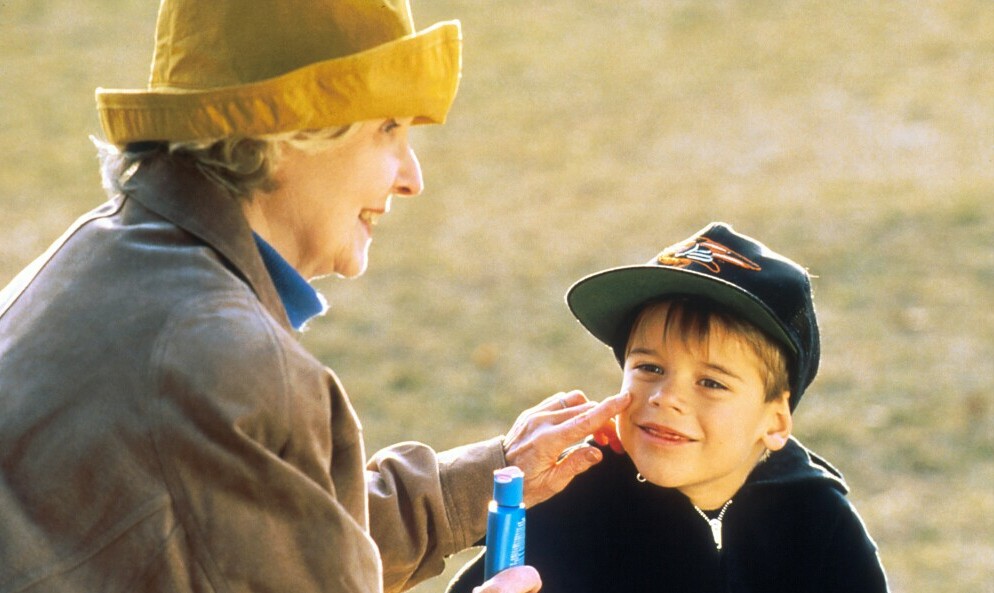At a UV 7, the time it takes to achieve a noticeable tan can vary depending on several factors, including your skin type, the time of day, and the season. Generally, individuals with fair skin may begin to see results within 15-30 minutes of exposure, while those with darker skin tones may require 30-60 minutes to start developing a tan.
When it comes to achieving a sun-kissed glow, the intensity of UV radiation plays a crucial role. One of the key factors to consider is the UV index, which measures the strength of ultraviolet radiation from the sun.
On the UV index scale, a rating of 7 is considered high, indicating a greater potential for skin damage and faster tanning.
It’s important to note that prolonged exposure to high-intensity UV radiation, even at a UV index of 7, can lead to sunburns, premature aging, and an increased risk of skin cancer. Therefore, it’s essential to take precautions, such as using sunscreen, wearing protective clothing, and seeking shade when possible.
Remember, the goal should be to achieve a healthy, gradual tan, not to overexpose your skin. By understanding the time it takes to tan in UV 7 conditions and practicing safe sun habits, you can enjoy the benefits of a beautiful, sun-kissed glow without compromising your skin’s health.
Table of Contents
What is UV 7?
The UV index is measured on a scale of 0 to 11+. It is necessary to take special precautions such as wearing sun protection measures when the UV index is above 5.
UV-7 is a powerful and versatile compound that has a wide range of applications across various industries. As a highly effective ultraviolet (UV) absorber, UV 7 plays a crucial role in protecting materials and products from the damaging effects of UV radiation.
One of the primary benefits of UV 7 is its ability to shield against UV-induced degradation. By absorbing harmful UV rays, UV 7 helps preserve the integrity, color, and lifespan of materials such as plastics, coatings, textiles, and even personal care products. This makes it an invaluable ingredient in the formulation of sunscreens, cosmetics, and other UV-sensitive products.
More about UV 7
Moreover, UV 7 exhibits exceptional thermal stability, allowing it to maintain its performance even under high-temperature conditions. This property makes it a preferred choice for applications that require long-term UV protection, such as in the automotive industry, where it is used to safeguard the interior and exterior components of vehicles.
In addition to its UV-absorbing capabilities, UV 7 also demonstrates excellent compatibility with a wide range of polymers and resins. This versatility enables formulators to seamlessly incorporate it into a variety of materials, ensuring optimal UV protection without compromising the overall performance or aesthetics of the final product.
With its proven effectiveness, thermal stability, and broad compatibility, UV 7 has become an indispensable tool in the arsenal of product developers and manufacturers who are committed to delivering high-quality, long-lasting, and UV-resistant solutions to their customers.
At a UV index of 7, the time it takes to achieve a noticeable tan can vary depending on several factors, including your skin type, the time of day, and the season. Generally, individuals with fair skin may begin to see results within 15-30 minutes of exposure, while those with darker skin tones may require 30-60 minutes to start developing a tan.
Protect Your Skin from UV Rays

When it comes to skin health and appearance, preventing unwanted tanning from UV exposure is crucial. UV radiation, whether from natural sunlight or artificial sources, can cause significant damage to the skin, leading to premature aging, sunspots, and an increased risk of skin cancer. Fortunately, there are effective strategies you can employ to shield your skin from the harmful effects of UV7 and maintain a youthful, even complexion.
Follow the given 3 strategies to prevent unwanted tanning:-
- Incorporate a high-quality, broad-spectrum sunscreen into your daily skincare routine. Look for sunscreens with an SPF of 30 or higher, and be sure to apply a generous amount to all exposed areas of your skin, including often-overlooked spots like the ears, lips, and neck. SPF 50 would be a great choice if the UV index is high such as above 7. Reapplying sunscreen every two hours, or more frequently if swimming or sweating, is also key to maintaining optimal protection.
2. In addition to sunscreen, protective clothing plays an important role in preventing sun damage to your skin. Opt for lightweight, long-sleeved shirts, pants, and wide-brimmed hats that block UV rays from reaching your skin. Seek out fabrics with a high ultraviolet protection factor (UPF) for maximum effectiveness.
3. Finally, be mindful of your time spent in direct sunlight, especially during the peak UV hours between 10 AM and 4 PM. Seek shade whenever possible, and consider using a portable sun umbrella or canopy to create your oasis of protection.
By implementing these 3 strategies, you can confidently take control of your skin’s health and prevent the unwanted effects of UV7 exposure, ensuring a radiant, youthful complexion for years to come.
Final Thought
It is important to note that prolonged exposure to high-intensity UV radiation, even at a UV index of 7, can lead to sunburns, premature aging, and an increased risk of skin cancer. Therefore, it is essential to take precautions, such as using sunscreen, wearing protective clothing, and seeking shade when possible.
Remember, the goal should be to achieve a healthy, gradual tan, not to overexpose your skin. By understanding the time it takes to tan in UV 7 conditions and practicing safe sun habits, you can enjoy the benefits of a beautiful, sun-kissed glow without compromising your skin’s health.
If you liked this article, do not forget to share it with your friends and family. Your Comments would be much appreciated.
Frequently Asked Questions
1. What UV is best for getting a tan?
A UV Index between between 3 and 5 is considered good for a skin safety.
3. Does sunscreen stop tanning?
No. Simply applying sunscreen will not protect you from tanning as it does not protect your skin from 100% UVA radiation. Applying SPF 30+ protects you from 97% of UV rays, while SPF 50+ from 98%.
Have you already got Sunburn ? Do not worry. Check out these natural remedies that might help you to get rid of it.
